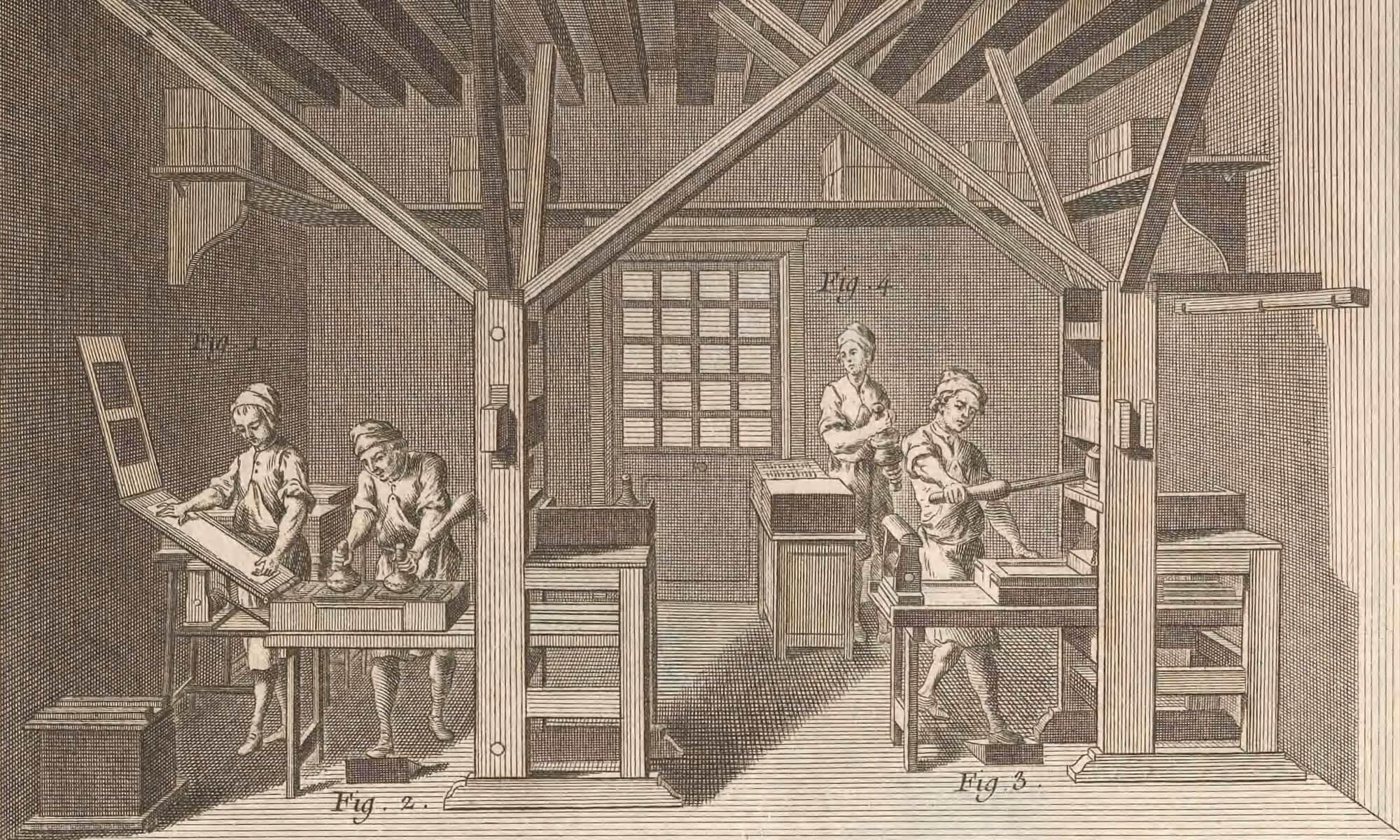Gerard, Herball, 1633 (¶2r)

Gower, Confessio Amatis, 1483 (CCxir)
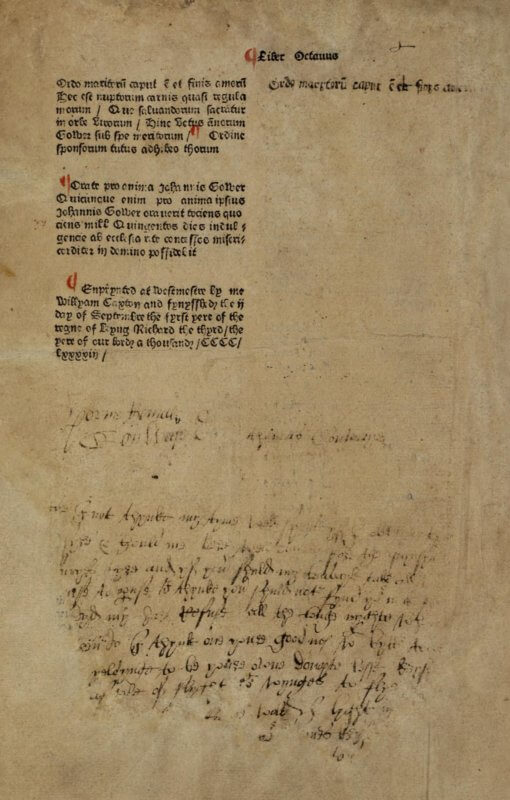
Gučetić, Dialogo della bellezza, 1581 (a1r)
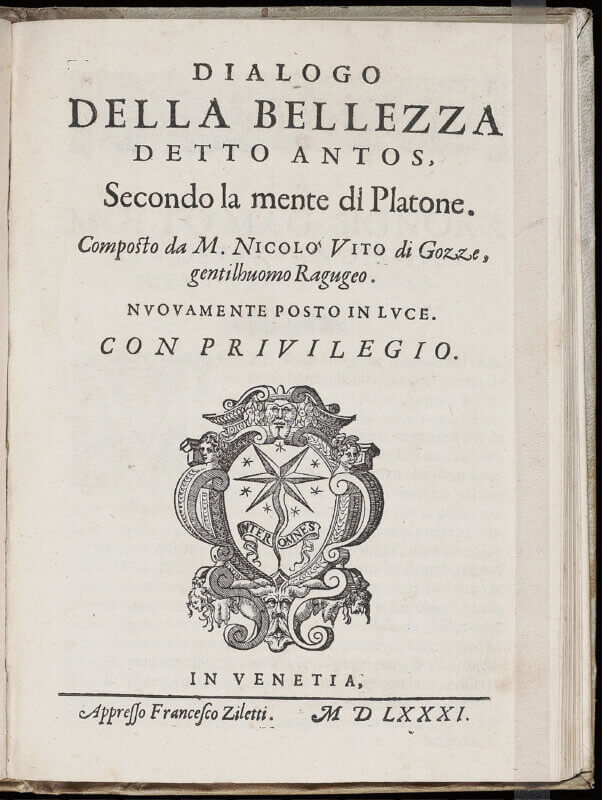
Holinshed, Chronicles, 1577, pub. Bishop (¶1r)
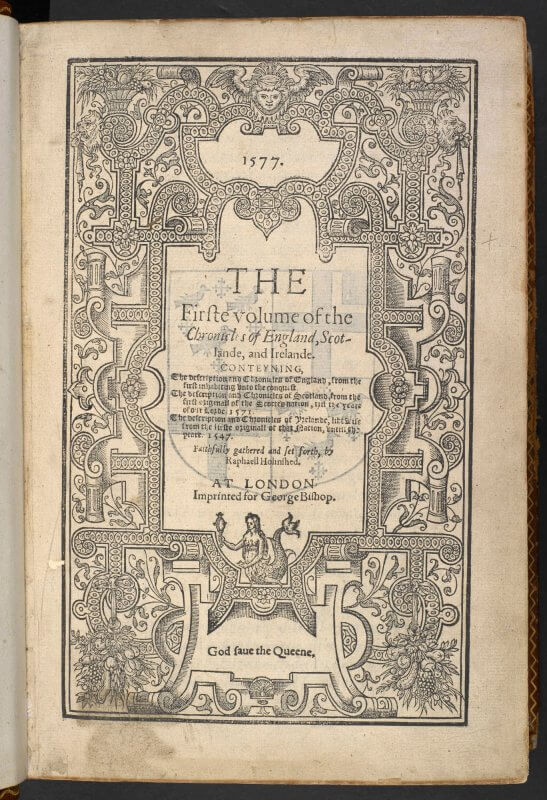
Holinshed, Chronicles, 1577, pub. Harrison (¶1r)
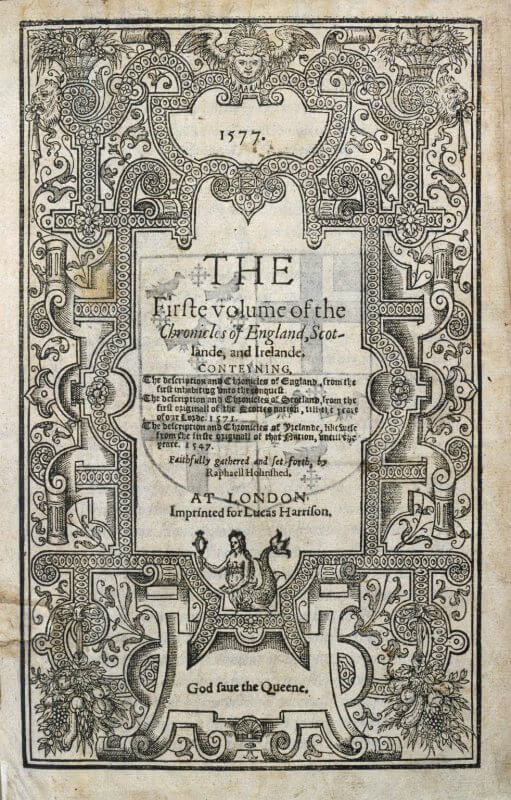
James I, By the King, 1611

Kats, Ma’aseh Toviyah, 1708 (π1r)
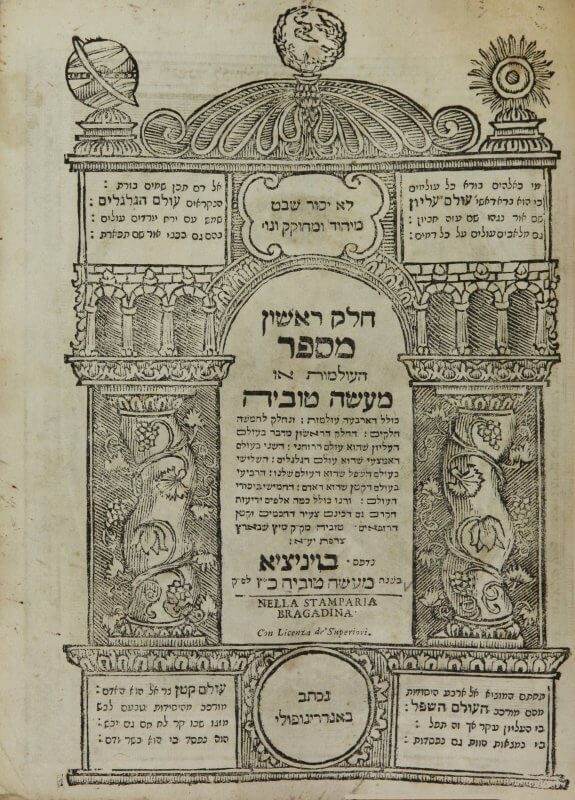
Keimer, Elegy, 1723 (1r)
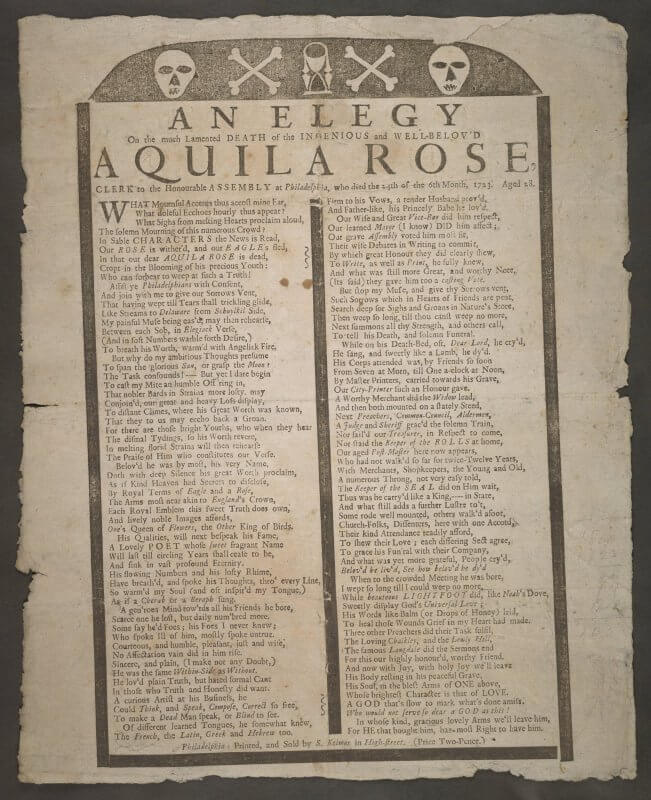
Lodge, Euphues, 1634 (A1r)
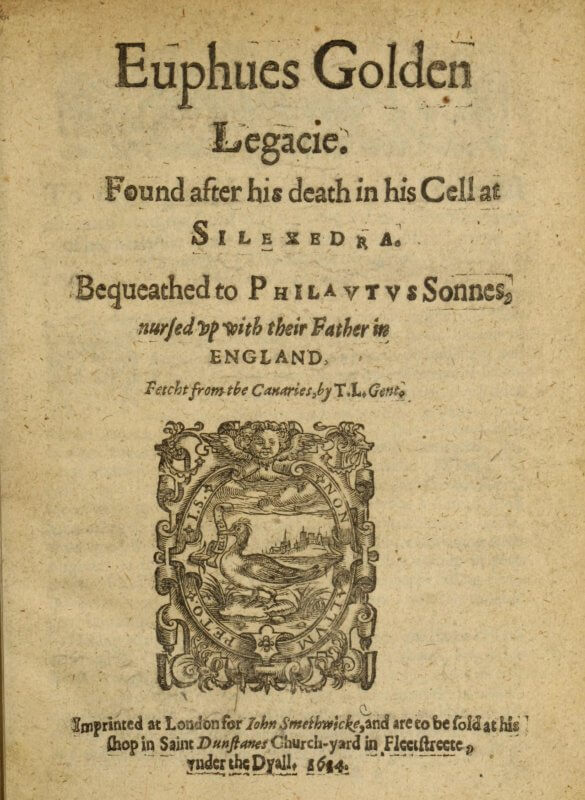
Marston, Antonio and Mellida, 1603 (A1r)

